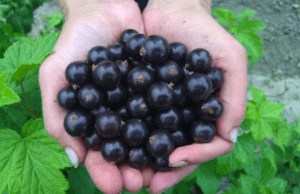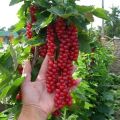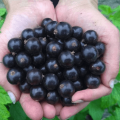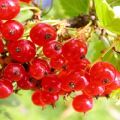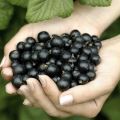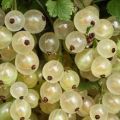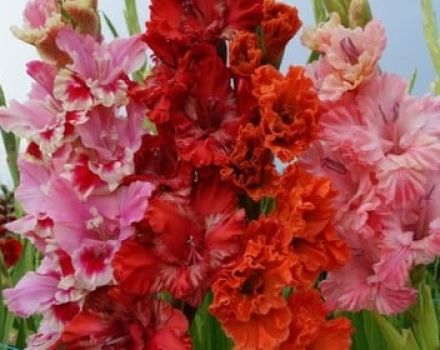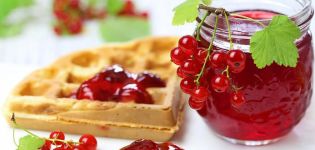Description and characteristics of the Selechenskaya currant variety, cultivation and care
The currant of the Selechenskaya variety has advantages and stands out for its yield and taste characteristics. It is easy to grow a plant, since the bush tolerates soil changes well and does not require long-term care. With the correct planting of cuttings, gardeners can get a crop in the first year, with a subsequent increase.
Crop breeding
The currant belongs to the varietal hybrid. The currant is the predecessor of the Selechenskaya 2 variety. The variety belongs to frost-resistant shrubs. A variety of berries was bred in the All-Russian Research Institute of Lupine by Astakhov. To create a view, the varieties Seedling Golubki and Brandorp were taken as a basis.
The characteristic of the variety has distinctive features among other types of currants, as well as a high degree of yield. The culture can be grown in different regions, tolerates diseases well and is undemanding to the soil.
Advantages and disadvantages
Currant has advantages and disadvantages:
| Benefits | disadvantages |
| Large berries that separate well from the stem | Improper care reduces yields and leads to a decrease in berry size |
| Berries tend to be stored for a long time after ripening | Requires constant moisture in the soil |
| The variety tolerates low temperatures and is resistant to diseases | Fertilize regularly |
| Good taste | |
| High yield |
The Selechenskaya black currant will complement any garden and, with proper care, will delight you with a harvest every year.
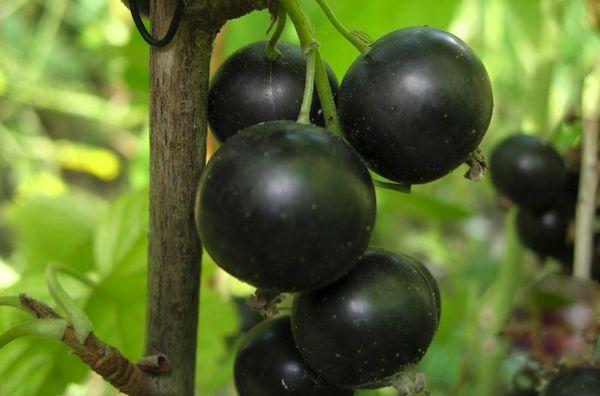
Selechenskaya currant: variety description
A variety of currants can differ not only in taste, but in the shape of the bush. Currant has the following description:
- leaves are slightly convex, have five matte lobes;
- inflorescences in the form of a brush;
- pollinator - insects;
- berries weighing up to 5 grams, black and easily separated from the stalk;
- bright taste.
The variety externally differs from the usual garden currant and requires compliance with the characteristics of care.
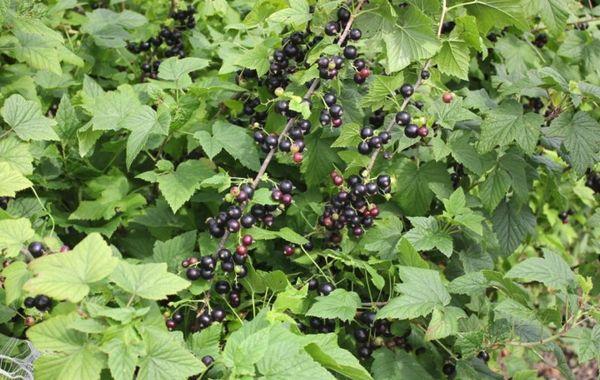
Bush and root system
The shrub grows up to 1.5 meters high. The shape of the bush is slightly spreading, the branches are underdeveloped, so the garter is used very rarely. After woodiness, the bark becomes beige. The variety has five-lobed convex leaves.The shrub has a lot of small foliage.
The root consists of two large ones, up to 0.2 meters long. It is located on the surface of the soil, so the plant requires regular watering and fertilization.
All about flowering and fruiting varieties
The inflorescences form a curved raceme, the flowers are large with a pleasant aroma. One inflorescence contains up to 12-14 flowers. The fruits are large and black. The average weight of one berry is up to 5 grams, the fruits have a round color and rich taste.
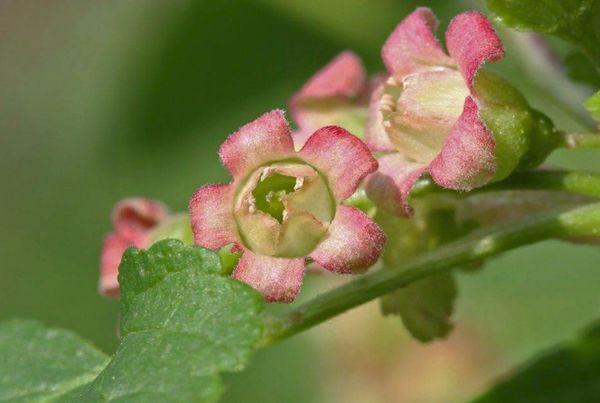
Good for transportation and storage. The ripening period for the berries is in July and early August. After harvest, the berries can be stored for up to 2 weeks.
What is the difference between varieties of black currant Selechenskaya and Selechenskaya two
Currant varieties have some distinctive features.
| Differences | Selechenskaya | Selechenskaya 2 |
| Berry size | Up to 5 grams | Up to 5.5 grams |
| Yield | Up to 5 kg | Up to 3.5 kg |
| Bush height | 1.5 meters | 1.9 meters |
| Sheet (form) | Five-bladed | Three-bladed |
| Inflorescences | Large flowers | Medium flowers |
| Endurance | Average resistance to heat and frost | High endurance |
The varieties are similar, especially when it comes to growing and grooming rules.
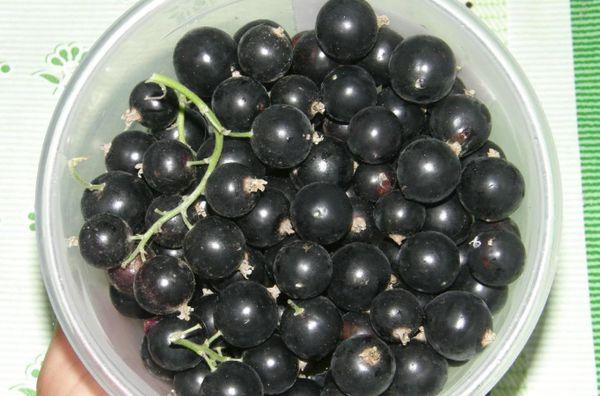
Culture characteristics
The currant variety has features that make it popular among gardeners regardless of climatic conditions.
Frost and drought resistant
The culture blooms in mid-May, has resistance to morning frosts. A variety of shrubs are resistant to heat, however, at high temperatures and in the absence of timely watering, the berries may crumble without ripening.
What diseases and insects the variety is susceptible to
Berries, like other plant species, are damaged by pests and diseases that reduce productivity.
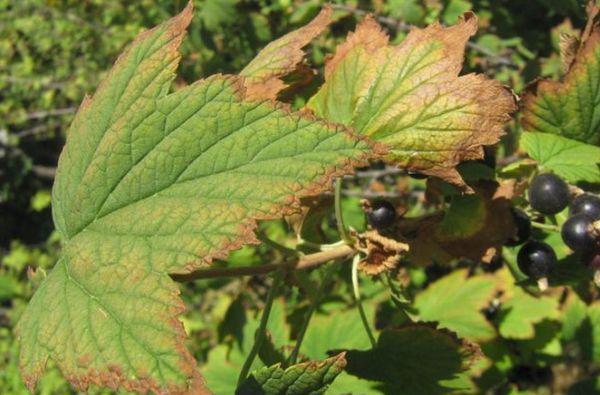
The following types of pests often appear:
- Two-year leafworm. The insect infects the buds of the plant. It multiplies quickly and in a short time can lead to the death of inflorescences. To eliminate the pest, drugs such as Actellik are used. Treatment with the substance must be done in May.
- Currant glass - insects infect the plant under the bark and lead to the death of the shrub. For treatment, the drug "Revikut" is used, which is sprayed immediately after the thaw before the beginning of bud break.
- Aphids - appears on young shoots and leads to drying of the branches. To eliminate the pest, a solution of laundry soap is used.
- Fruit sawfly - the pest manifests itself as larvae, which start directly in the inflorescence and, after the berries ripen, damage the currants, contribute to the appearance of rot. To prevent "Etaphos" is used, the substance is sprayed when inflorescences appear.
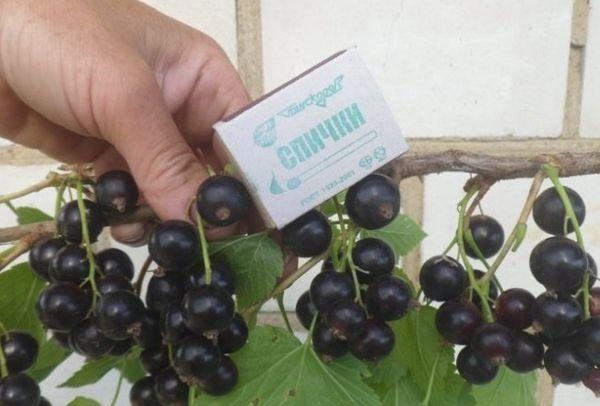
Among the diseases it is necessary to highlight:
- Doubleness of flowers - manifests itself in the form of changes in inflorescences and asexuality of flowers. Plants do not respond to treatment and require complete removal.
- Rust - characterized by brown and brown spots on the leaves. When damaged, the bush dries up. Eliminated with boric acid solution.
- Rot - can appear both in the root area and in brushes with berries. To eliminate it, it is recommended to use copper sulfate.
With proper care, a variety of currants develops immunity that copes with a large number of diseases.
How to plant a crop on a site
To obtain a harvest, gardeners must follow the planting rules, which determine the degree of plant development and further yield.
Optimal timing for planting work
You can plant berries both in the autumn and in the spring. However, for early ripening, the autumn planting method is used. The deadline is from September 20 to October 15. Planting time differences may vary by region and weather conditions.
Selection of seedlings
When choosing a seedling, attention is paid to the root of the culture. The root should consist of 3-4 small processes covered with a mesh of small auxiliary ones. There should be no damage or rot at the root, and the system must also be inspected for seals that indicate a disease. The height of the seedling should be no more than 35 cm. The age of the seedling is 2 years.
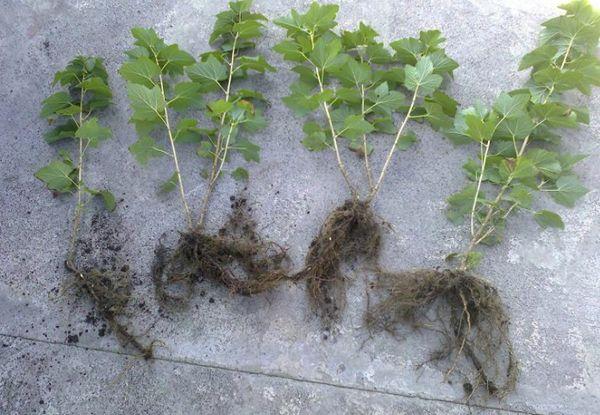
Site preparation
Before planting a shrub, you need to carefully inspect the site and apply all the necessary fertilizers. It is recommended not to use the site during the year in order to saturate the soil with the necessary useful components. All vegetation from the site must be removed, holes up to 30-35 cm deep must be dug. Mix the manure with the soil and cover the bottom of the hole. The soil should be moderately acidic and not previously used for such shrubs.
Step-by-step disembarkation process
Planting cuttings in the ground is carried out according to the following algorithm:
- make a hole in the prepared hole;
- the seedling, together with the soil under a slight slope, is lowered into the prepared hole, and the roots are straightened;
- the root is sprinkled with earth and compacted;
- the hole must be watered with warm water with the calculation of at least 2 buckets per one bush;
- sprinkle the watering area with dry soil.
The difference in planting methods of currant varieties is that this type must be placed in such a way that the cutting is covered with a layer of soil at least 10 cm from the root collar.
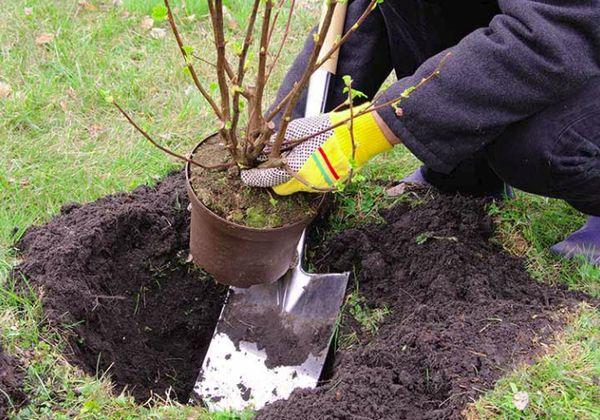
Plant care
The shrub is undemanding to care; to obtain a harvest, you must follow some rules.
Watering
The berry bush requires moisture, so watering is carried out every 3-4 days. In extremely hot weather, the plant is watered every 2 days. One adult shrub takes up to 2 buckets of liquid.
Important. In the absence of proper watering, the berries become small and may lose their taste.
Top dressing
Top dressing should be used only after two years have passed after planting the seedlings. Feeding is carried out twice a year. In the spring, urea is introduced and watered abundantly with water. In autumn, after the end of the ripening of the fruits, it is necessary to add potassium sulfate and chicken droppings to the root area.
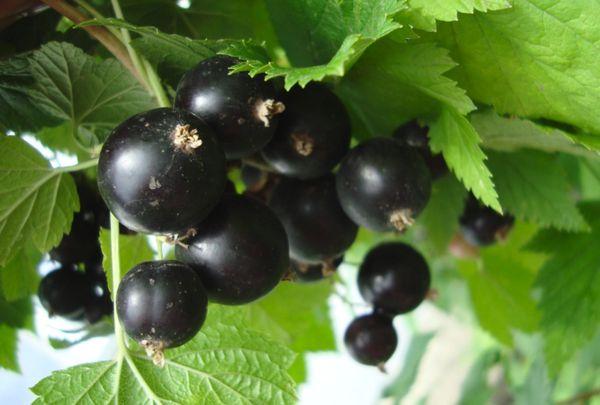
Tillage
The roots of the plant are in the top layer of the soil, so it is necessary to regularly fluff the soil to circulate air. It is also important to monitor the presence of weeds, it is recommended to remove them by hand, while trying not to damage the root processes.
Pruning
The plant must be pruned as follows:
- in spring, shoots are shortened by half in one year old seedlings;
- in the second and third years, a bush is formed, only strong shoots are left, weak and secondary ones are cut off;
- in the fourth year of growth, it is necessary to remove weak shoots and shorten the secondary ones, forming a shrub;
- in the fifth year, damaged and dead shoots are eliminated, the formation of the bush is completed.
In autumn, it is recommended to eliminate shoots with visible damage.
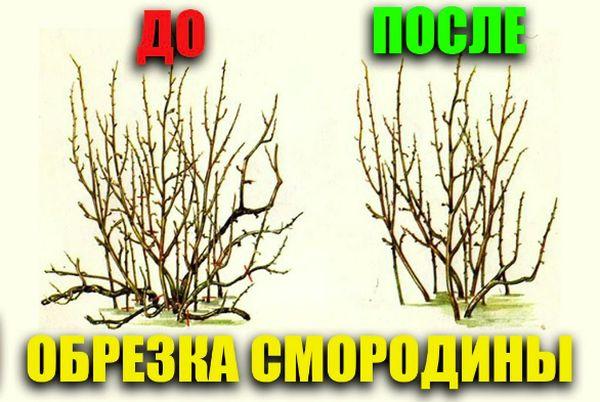
Preventive treatments
Plants are rarely covered in winter, but the following preventive measures must be taken to reduce the risk of pests:
- foliage under the bushes is eliminated;
- the soil is carefully dug up;
- shrub shoots are tied with a strip of fabric;
- it is necessary to apply nitrogen fertilizers to the root area and cover with a layer of peat.
After the snow falls, it is necessary to make a snow cover for the shrub.
Currant is considered a berry containing a large number of useful components. A properly grown shrub variety will delight not only with the harvest, but also with the taste of the berries.

